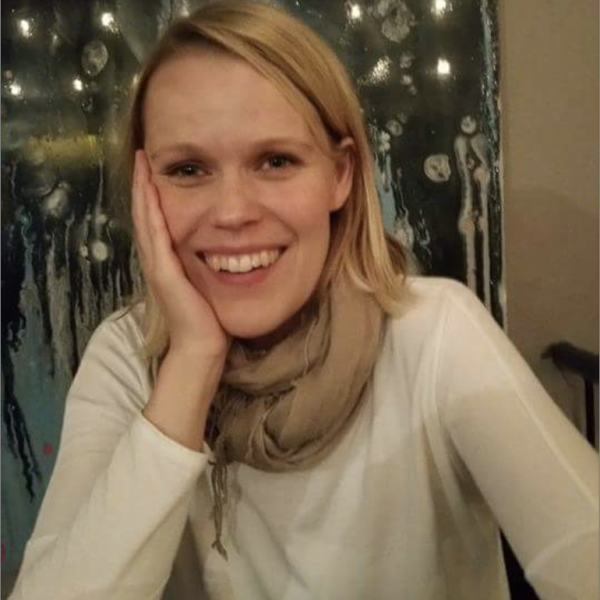First, I think there should be ongoing public discussion on what the costs/benefits of biobanks look like for different people as we all learn more about their function and outputs. At least in Finland, biobanks are in large part public investments to which voluntary donors contribute with their personal data. So far, public discussion has emphasised the expert view on potential medical and economic benefits and less discussion has been about biobank donor experiences on benefits or the (opportunity) costs of these public/personal investments (see e.g. Tarkkala, Helén & Snell 2019). Perhaps the blood service biobanks could be more actively engaged with this discussion on the public arenas and bring forward concrete examples of costs and benefits?
I also think it is very relevant to demarcate the two donations taking place in the same social context, and keep reminding blood donors who have given their consent that they are now also biobank data donors. Retaining a consciousness of biobank participation also helps avoiding the risk of feeling exploited if blood donors are suddenly reminded of this fact in a negative context, as (see also Sheikh, Deleuran and Hoeyer 2016). Blood service openly sharing with the blood donors what it has leaned about the costs and benefits of its biobank services to donors/patients/citizens, is part of the bigger process to familiarize donors with what it means to be a donor of biobank data as they are only creating opinions about biobanking. In his study, Cohn (2016) also made a case that the lack of concrete evidence of shared benefits and uncertainty of allocation of costs is the reason why some refuse to donate for unspecified research. How should this information be communicated and processed; and how to create space for a dialogue on aspects that might raise criticism? These are questions beyond my expertise but the kinds of practical problems experts at blood services around the world successfully work with every day.
